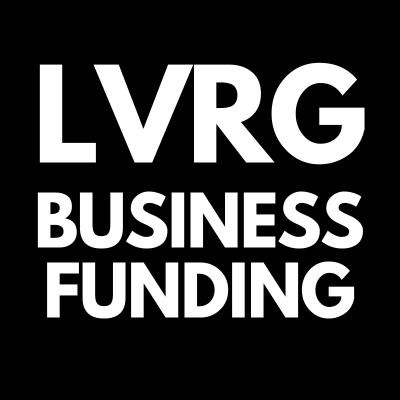Strategies for Small Business Owners During an Economic Downturn
In the face of a crumbling economy, small business owners need to adopt proactive measures to not only survive but also flourish. While economic downturns can be daunting, they can also present unique opportunities for growth and innovation. By implementing the following strategies, small business owners can increase their chances of thriving amidst adversity:
1. Diversify Your Offerings: During an economic downturn, consumer spending may decline across certain industries. Review your product or service portfolio and explore opportunities to diversify. Identify potential niches that may thrive under current circumstances and adapt your business offerings accordingly. This broader focus will enable you to tap into new markets and generate additional revenue streams.
2. Leverage Technology: Embrace technology as a tool to optimize your business operations and reach more customers. Invest in e-commerce platforms, digital marketing, and customer relationship management systems. A robust online presence can help you establish a strong digital footprint, attract customers, and maintain engagement even during difficult times.
3. Build Strong Customer Relationships: Cultivating loyal customers is crucial in turbulent times. Focus on providing exceptional customer service and personalized experiences. Consider loyalty programs, special offers, and targeted marketing campaigns to keep your customers engaged and incentivize repeat business. By nurturing long-term relationships, you can create a solid customer base that supports your business during economic downturns.
4. Monitor and Adjust Expenses: Conduct frequent reviews of your business expenses to identify areas where you can cut costs without compromising quality or customer satisfaction. Look for opportunities to renegotiate contracts with suppliers, eliminate non-essential expenses, and optimize operational efficiency. Staying vigilant about managing your finances can help you weather economic uncertainties and maintain a healthy bottom line.
5. Seek Financial Assistance: Explore various funding options available to small businesses, such as small business loans, cash flow & working capital loans, business lines of credit, and merchant cash advances. Consider partnering with a reputable business funding provider like LVRG Business Funding that understands your unique needs and can offer flexible financing solutions to keep your business afloat.
6. Focus on Marketing and Advertising: While it may be tempting to scale back marketing efforts during an economic downturn, it is crucial to maintain visibility and attract new customers. Revisit your marketing strategy to ensure it aligns with the changing business landscape. Tweak your messaging to address consumers' evolving needs and concerns. Consider tactics such as targeted online ads, social media campaigns, and content marketing to maximize your limited marketing budget.
7. Foster Collaboration and Partnerships: Explore collaboration opportunities with complementary businesses to enhance your offerings and reach a wider audience. Pooling resources, conducting joint marketing campaigns, or sharing customer databases can strengthen your position in the market and expand your customer base. Collaborations can also provide access to new networks, expertise, and support, enabling you to navigate the economic downturn more effectively.
8. Stay Agile and Innovative: Be open to adapting your business model to meet changing market demands. Monitor trends, listen to customer feedback, and foresee opportunities for innovation. Consider introducing new products, services, or creative pricing structures that align with the current economic landscape. By staying agile and proactive, you can potentially differentiate yourself from competitors and seize emerging opportunities.
Small business owners must approach an economic downturn as a chance for renewal and growth. By diversifying offerings, harnessing technology, nurturing customer relationships, adjusting expenses, seeking financial assistance when needed, maintaining marketing efforts, fostering collaboration, and staying agile, they can position their businesses to not only survive but thrive in challenging economic times. Remember, the resiliency and adaptability displayed during tough periods can lay a solid foundation for future success once the economy recovers.
Written by Charles M. Barr, CEO of LVRG Business Funding





